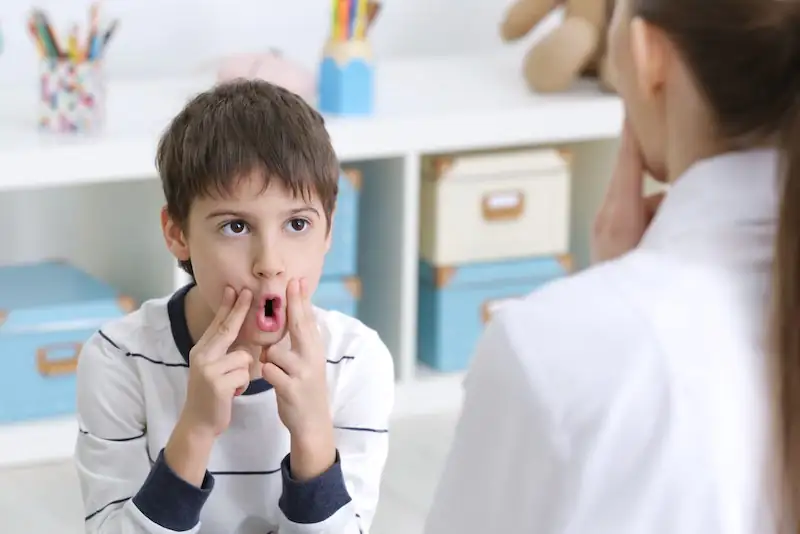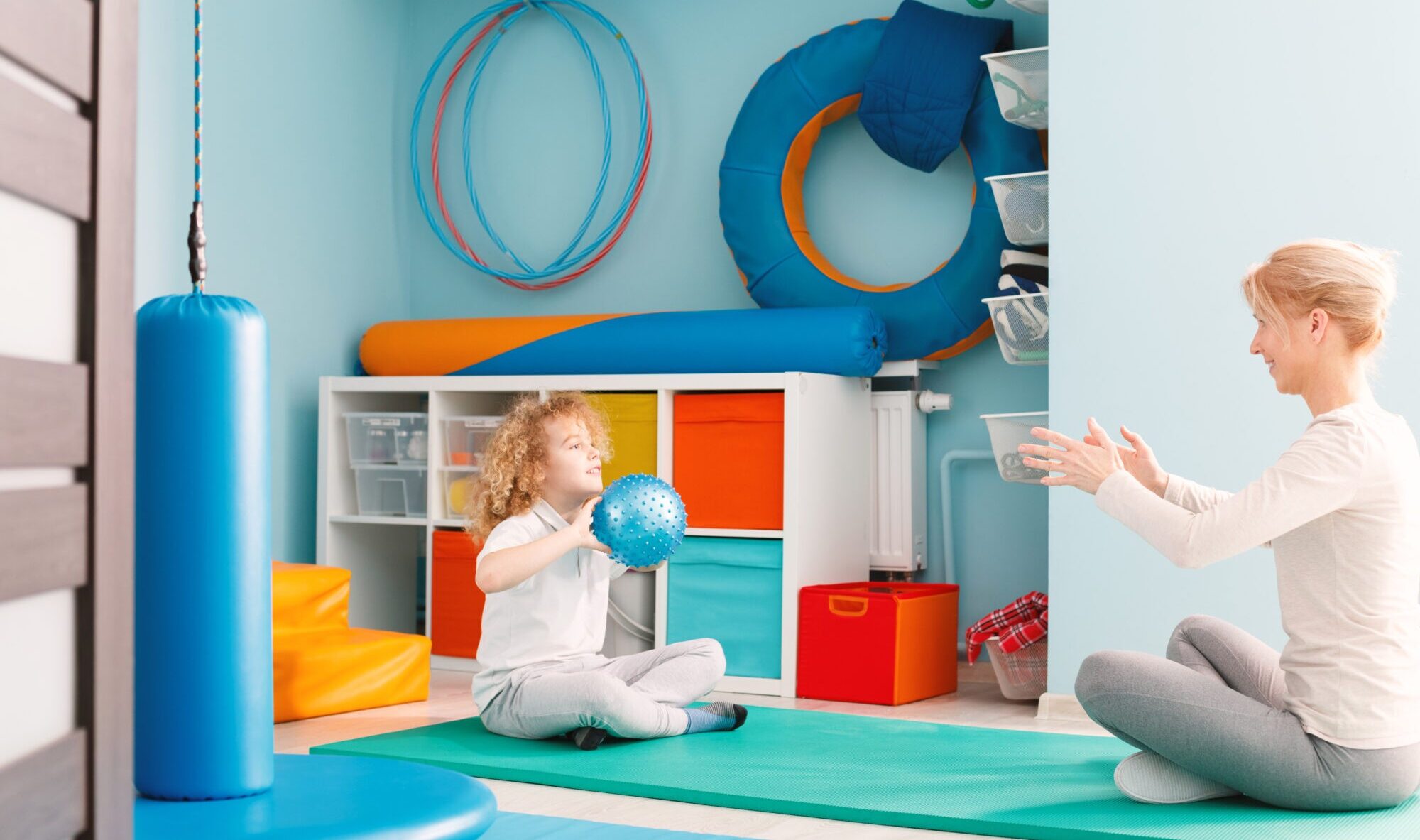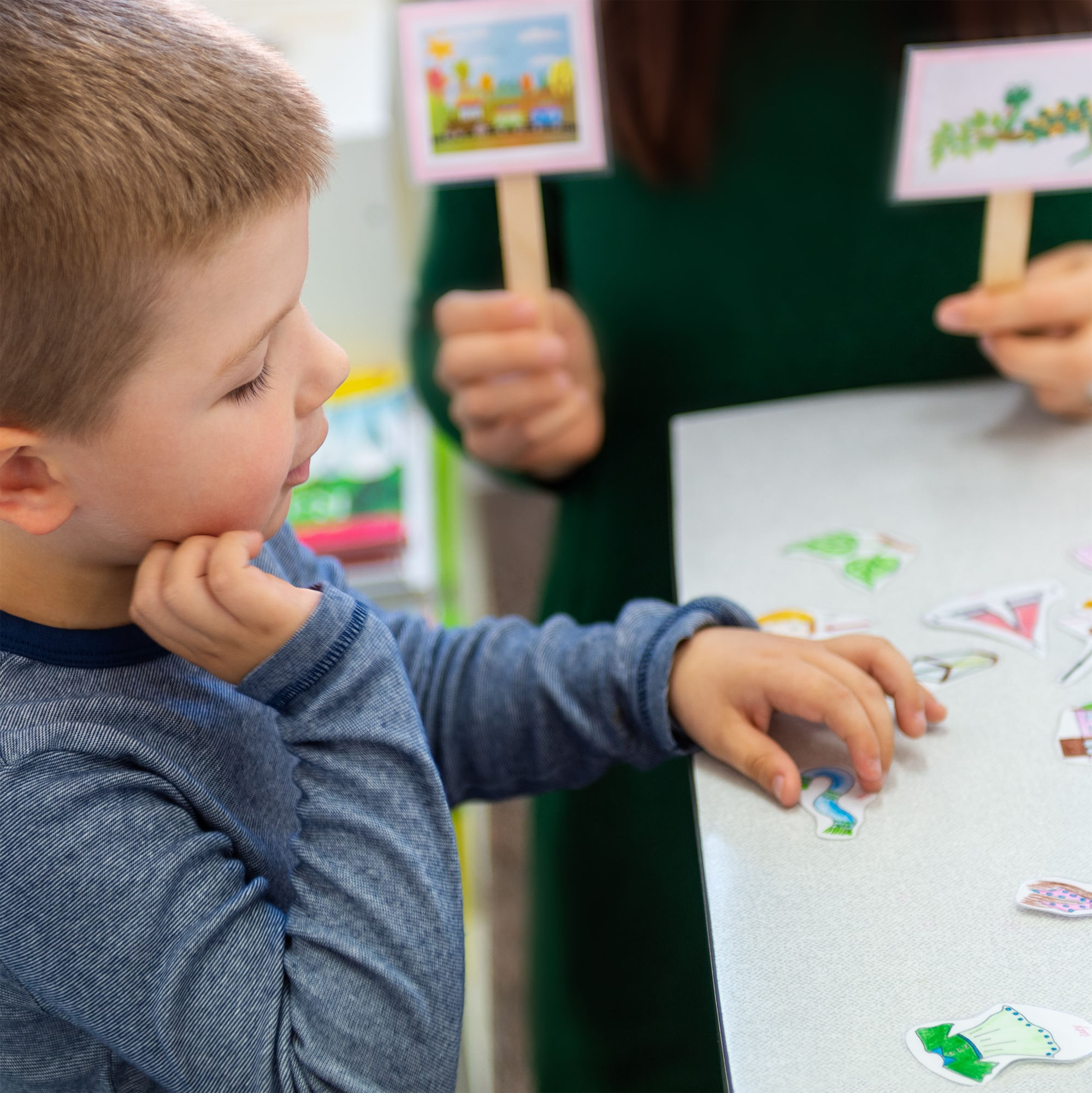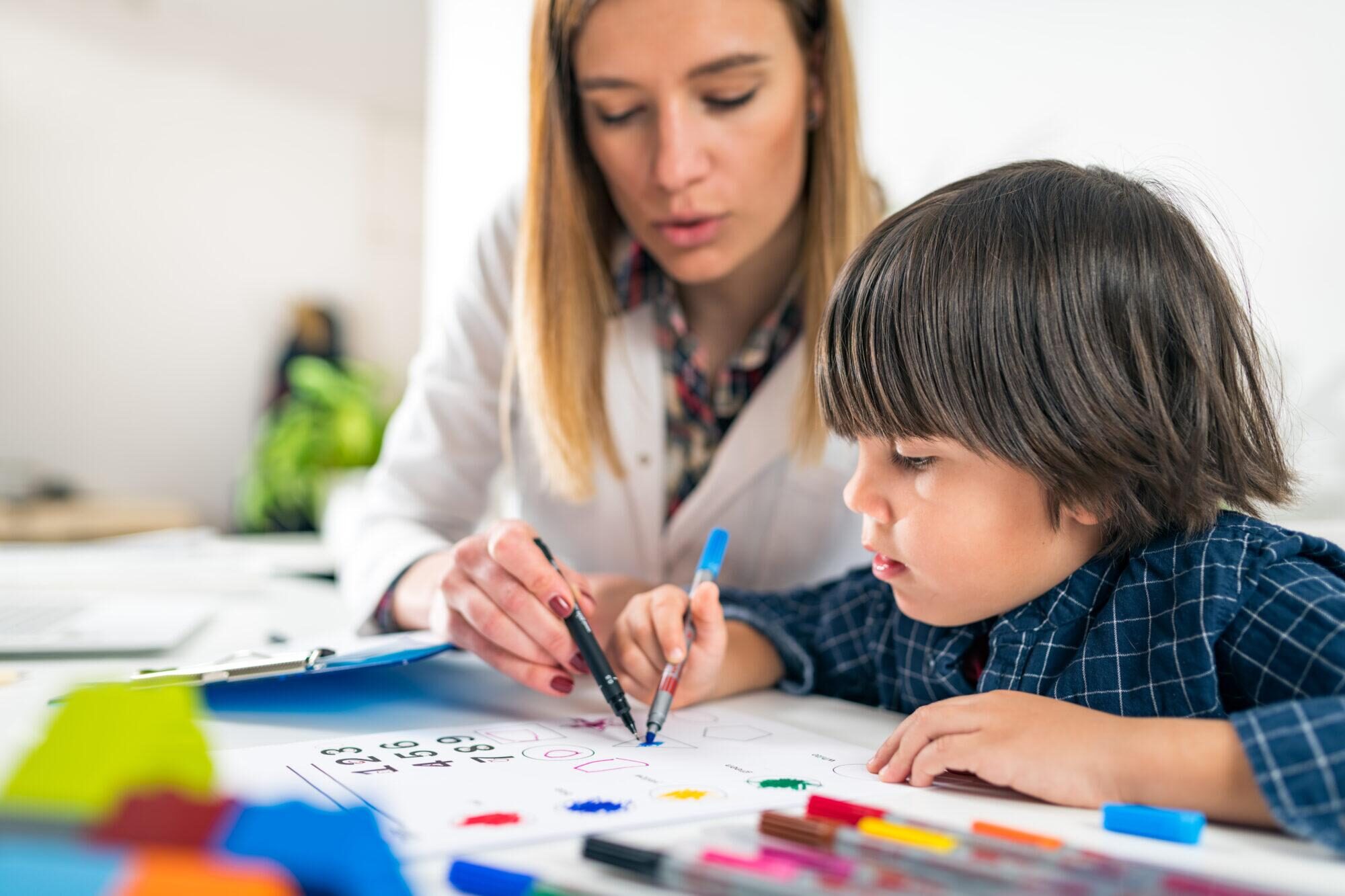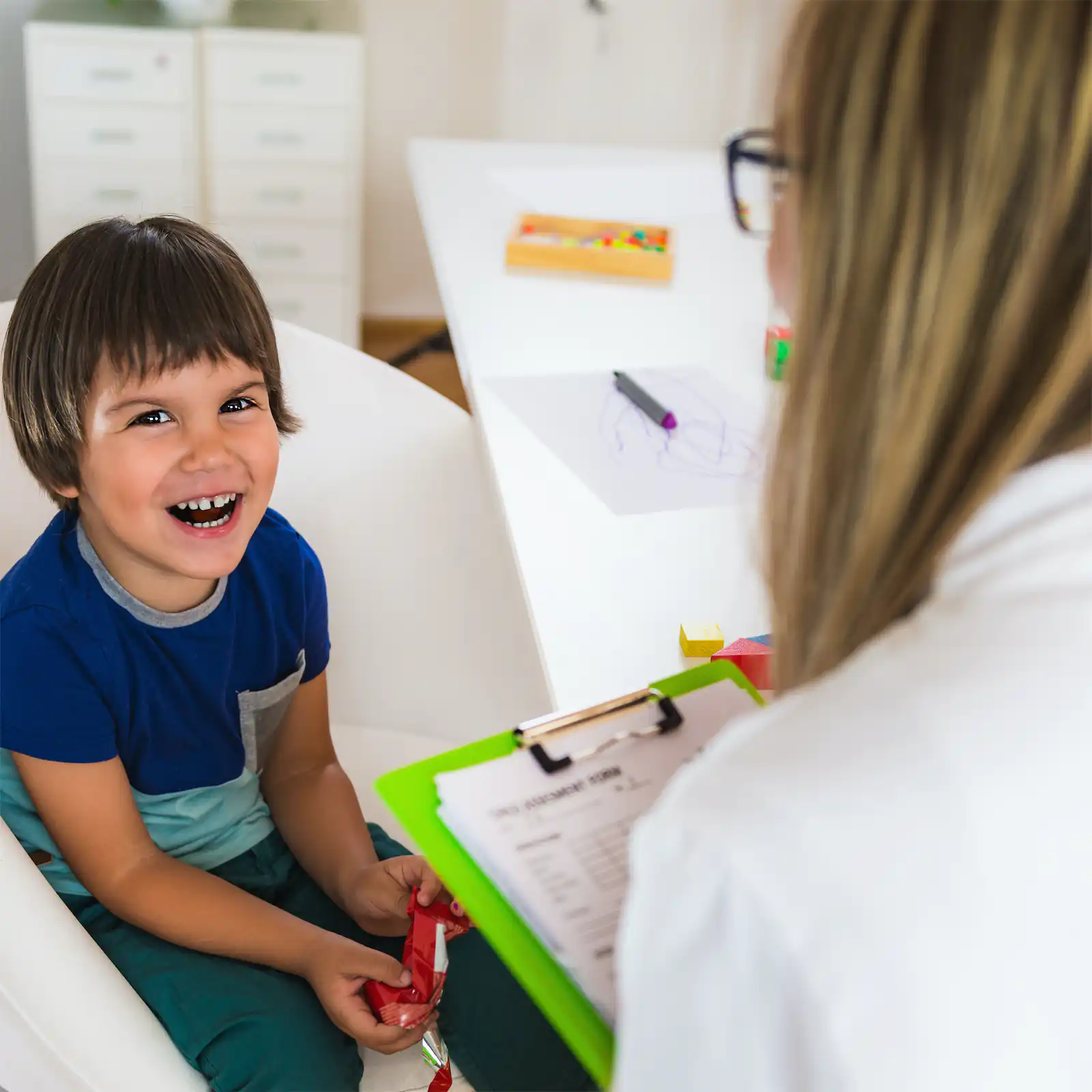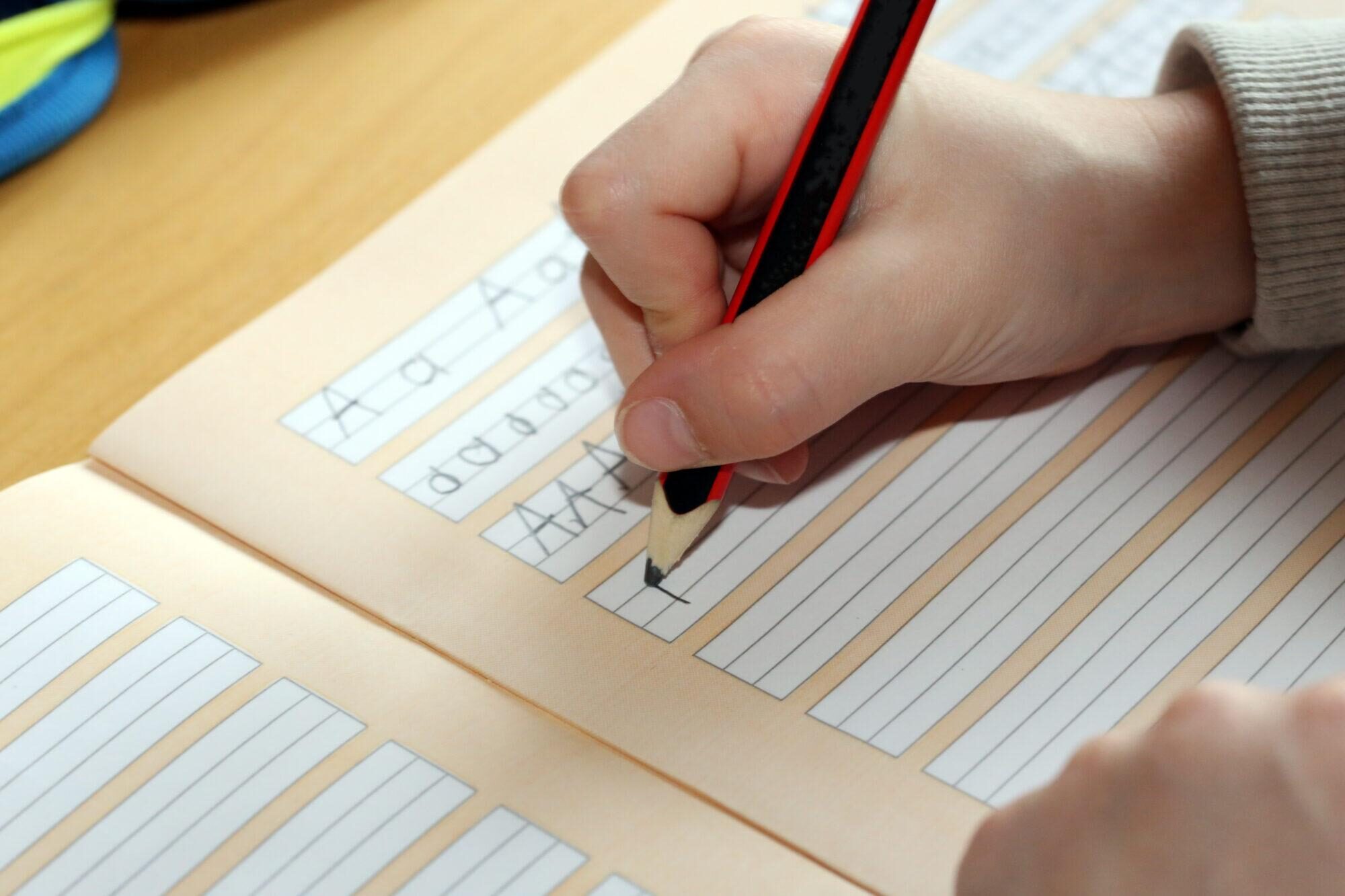Sensory Integration Therapy
Sensory experiences include touch, movement, body awareness, sight, sound, smell, taste, and the pull of gravity.
The process of the brain organizing and interpreting this information is called Sensory Integration. Sensory Integration (SI) provides a crucial foundation for later, more complex learning and behavior.
For most Children, Sensory Integration develops in the course of ordinary childhood activities. Motor planning ability is a natural outcome of this process, as is the ability to adapt to incoming sensations. But, for some children, sensory integration does not develop as efficiently as it should. When this process is disordered, several problems in learning, development, and behavior may become evident.
Not all children with learning, developmental or behavioral problems have underlying sensory processing difficulties. Sensory processing dysfunction can be considered a hidden problem because it is not as noticeable as physical impairments or speech delays. The child with sensory integrative deficits may be easily frustrated by the difficulties encountered when doing seemingly simple tasks or when interacting with another person. Extra understanding and support are often needed for the child to attempt even routine activities that most children perform easily. There are certain indicators, however, that can signal to a parent that such difficulties may be present.
These include:
- OVERLY SENSITIVE TO TOUCH, MOVEMENT, SIGHTS, SMELLS, TASTES, AND SOUNDS– This manifests itself in behaviors such as irritability or withdrawal when touched, avoidance of certain textures of clothes or food, distractibility, fearful reactions to such ordinary movement activities (swinging, spinning).
- UNDER-REACTIVE TO SENSORY STIMULATION – An under-responsive child may seek out sensory experiences such as whirling or crashing into people and objects. He or she may seem oblivious to pain or to body position. Some children fluctuate between extremes of over-and-under – responsiveness.
- ACTIVITY LEVEL THAT IS UNUSUALLY HIGH OR LOW– The child may be constantly on the move or maybe slow to warm –up and fatigue easily. Again, some children may fluctuate between extremes.
- COORDINATION PROBLEMS– This can be seen in gross and fine motor activities. Some children may have unusually poor balance, while others have great difficulty learning to do a new task that requires motor coordination.
- DELAYS IN SPEECH, LANGUAGE, MOTOR SKILLS, OR ACADEMIC ACHIEVEMENT -These may be evident in a preschooler along with other signs of poor sensory integration. In a school-aged child, there may be challenges in some academic areas that are not attributed to ability.
- POOR ORGANISATION OF BEHAVIOUR – This child may be impulsive or distractible and show a lack of planning in approach to tasks. Some children have difficulty adjusting to new situations. Others may react with frustration, aggression, or withdrawal when they encounter failure.
- POOR SELF-CONCEPT – Often a child with Sensory processing difficulties ‘does not quite feel right.’ A bright child may know that some tasks are more difficult than others but may not know why. This child can often present as bored, lazy or unmotivated. Some children develop strategies to avoid those tasks that are hard or embarrassing. When this happens, the child may be considered troublesome or stubborn. When a problem is difficult to understand, parents and children may blame themselves. Family tension, poor self-concept and a general feeling of hopelessness may prevail.
Solution: Sensory Integration Therapy
Sensory Integration (SI) Therapy is an evidence based therapy and not limited to autism anymore. Occupational Therapists believe that a well developed sensory system is core and is the foundation for developing motor skills, executive functions and appropriate behaviour.
Therapists use standardized assessments, clinical observations, parent interviews and questionnaires to deeply understand a child’s sensory needs. Through fun and play-based activities, the therapist working with your child will help eliminate inappropriate behaviour and help balance how the brain reacts to touch, sound, sight, and movement.
SI trained occupational therapists predominantly use sensory gyms which include a wide variety of swings, trampoline, soft brushes, gym balls, and soft play equipment to elicit an appropriate and desired response from a nervous system which has been never experienced by a child before. Following the first response a therapist tries to recreate similar responses repetitively so that a new behavior is learnt.







